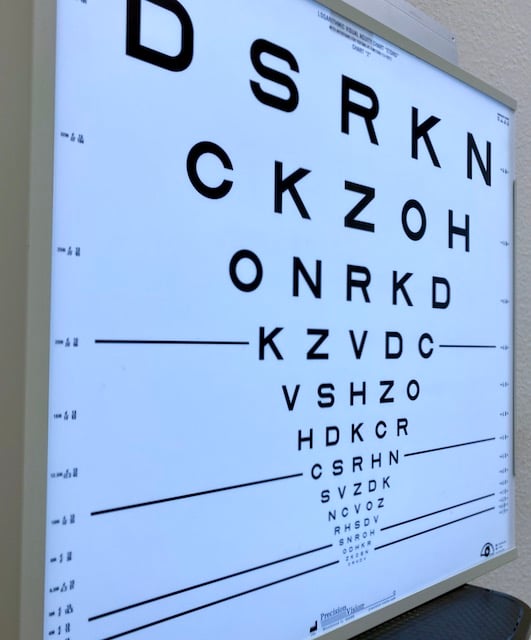- The Clinic
- Conditions Treated
- Assess my Eyesight
- All About Optic Nerves
- What is optic nerve (ON)?
- Structure & Function of the ON
- Symptoms of Optic Nerve damage
- Optic Nerve Diseases
- Glaucoma and Optic Nerve Damage
- Nonarteritic Anterior Ischemic Optic Neuropathy
- Idiopathic Intracranial Hypertension and Vision
- Fedorov Restoration Therapy
- Vision Restoration Without Nerve Regeneration
- Signs of Improvement
- Improvements to Daily Life
- Retinitis Pigmentosa
- Introducing Retinitis Pigmentosa
- Retinal Structures & Function
- Diseases Of The Retina
- Genetic Heterogeneity in RP
- Clinical Signs & Symptoms of RP
- Diagnosis of Retinitis Pigmentosa
- Non-hereditary Retinopathies
- Management of Retinitis Pigmentosa
- Fedorov Restoration Therapy
- Signs of Improvement
- Life with Retinitis Pigmentosa
- Child's Vision
- Poor vision during infancy & childhood
- Signs of vision problems & Assessment
- Congenital nystagmus
- Leber Congenital Amaurosis
- Hereditary Retinal Disorders
- Congenital Optic Nerve Disorders
- Hypoplasia of the Optic Nerve
- Optic Neuritis in Children
- Congenital Glaucoma
- Cortical Visual Impairment
- Pediatric brain tumors and vision
- Fedorov Restoration Therapy
- Signs of Improvement





